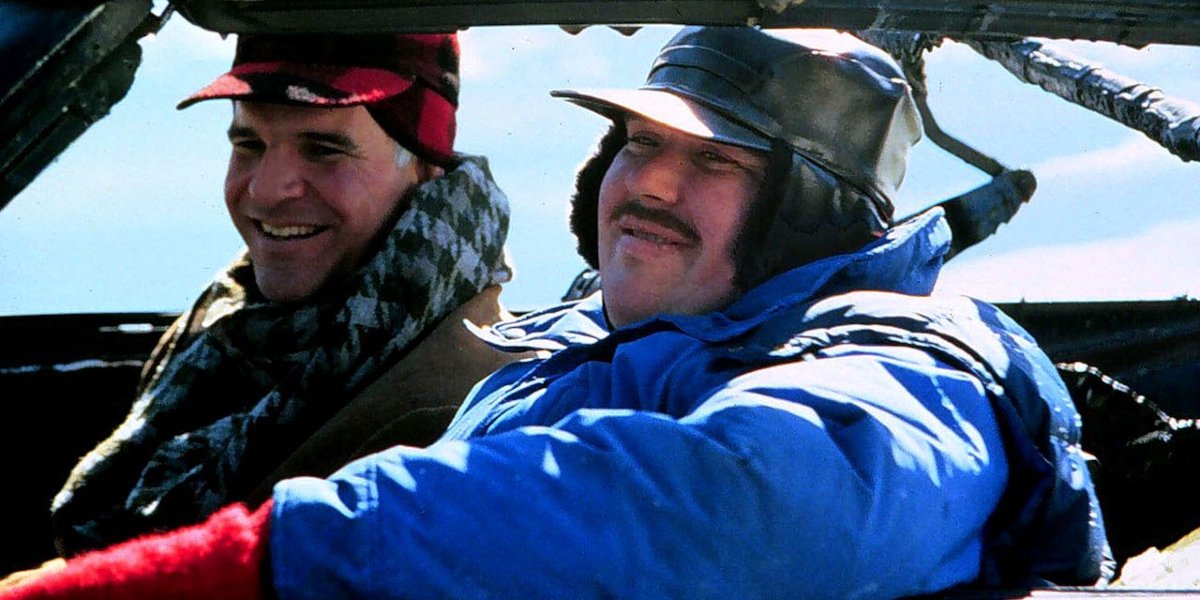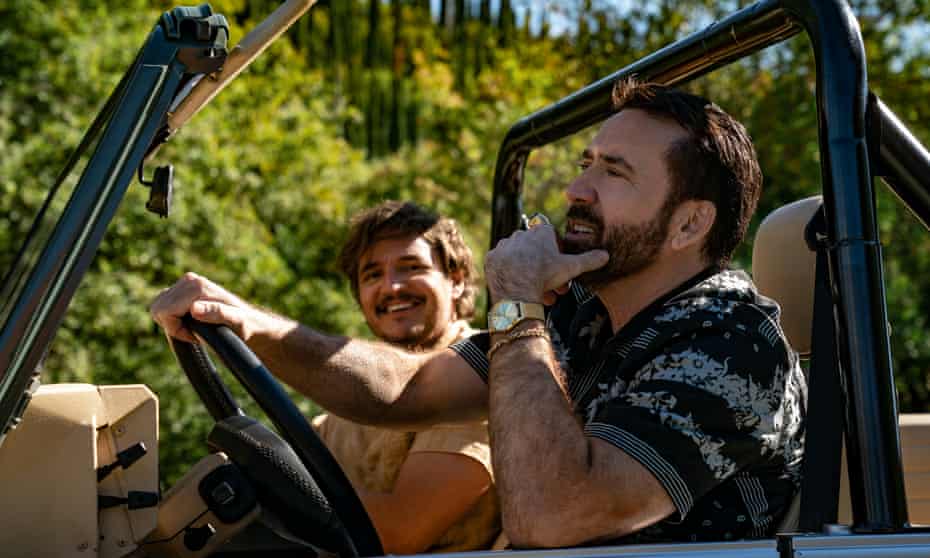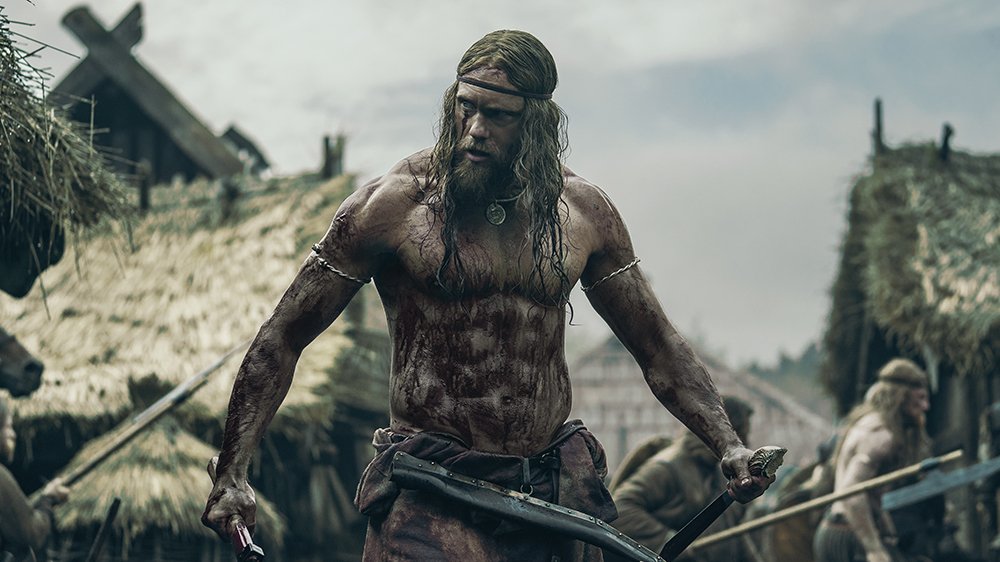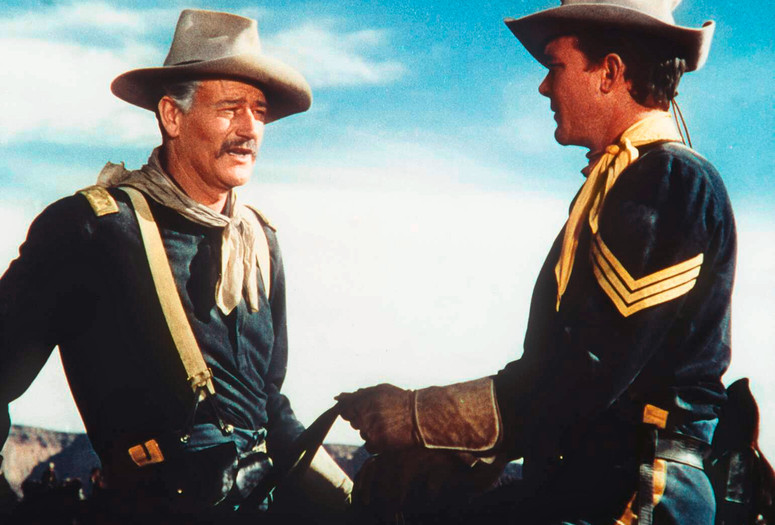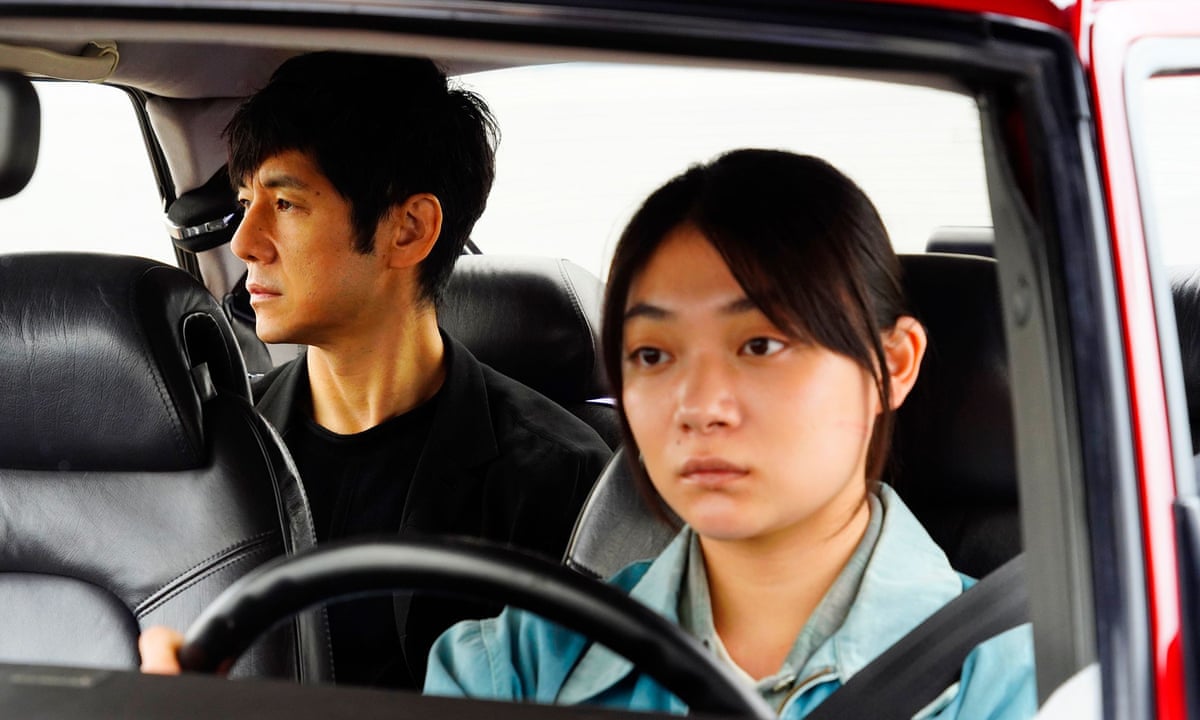Year: 1952
Director: Fred Zinnemann
Screenplay: Carl Foreman, based on the short story "The Tin Star" by John W. Cunningham
Starring: Gary Cooper, Thomas Mitchell, Lloyd Bridges, Katy Jurado, Grace Kelly, Otto Kruger, Lon Chaney, Henry Morgan
Running Time: 85 minutes
Genre: Western
Hadleyville, New Mexico, 1800s: Marshal Will Kane (Cooper) is getting married to Amy Fowler (Kelly). The next day he is due to retire. However, no sooner has the marriage ceremony concluded, than Kane hears that Frank Miller (Ian MacDonald), a vicious outlaw who Kane put away for murder, has been pardoned and is heading into town on the noon train, and there are three other gunslingers who are waiting for him at the station. A devout Quaker and pacifist, Amy pleads with Kane to leave town, but Kane refuses. However, when Kane tries to get help from the townspeople, no-one is willing to step forward.
High Noon is one of the classic Westerns and one of the classic American films. It takes place largely in real time, and there is a sense of impending dread as Kane goes from place to place, trying to round up volunteers to fight with him, but finding no-one willing to help. Intercut with Miller's three desperadoes waiting at the station, and low angle shots of the ominous, looming railway tracks, and clocks ticking off the minutes to noon. Gary Cooper is good as Kane, as he becomes increasingly haggard and bitter at the lack of help he receives. He also gives Kane an element of vulnerability. When he gets hurt, it feels real, and he doesn't just brush it off in the next scene. Grace Kelly appears in an early role, as Amy, Kane's new Quaker wife, and she is good, but the nearly 30 year age difference between Cooper (born in 1901) and Kelly (born in 1929) seems a little questionable today. Also in the cast are veterans such as Otto Kruger and Lon Chaney, who is possible best known for his horror films such as The Wolf Man (1941), and it also marks the screen debut for Lee Van Cleef, as one of Miller's gang. The film maintains a tense atmosphere throughout and the climatic gunfight is exciting. It was very successful upon release, but also very controversial, particularly the final scene where the townspeople gather around Kane and Amy as they prepare to leave, and Kane silently throws his tin star into the dust with contempt. John Wayne called Hugh Noon "the most un-American thing I've ever seen in my whole life," and made Rio Bravo (1959) with Howard Hawks, in which Wayne's marshal rejects several offers of help, as a riposte to it. However, the film did become popular with several American presidents. Bill Clinton screened the film 17 times at the White House, and Ronald Reagan, himself hardly known for his liberal leanings, cited High Noon as his favourite film. High Noon remains a gripping and intelligent film to this day, which is more of a thriller and a drama about morality and courage, rather than just a straight shoot-em-up oat opera.
Gary Cooper in High Noon


